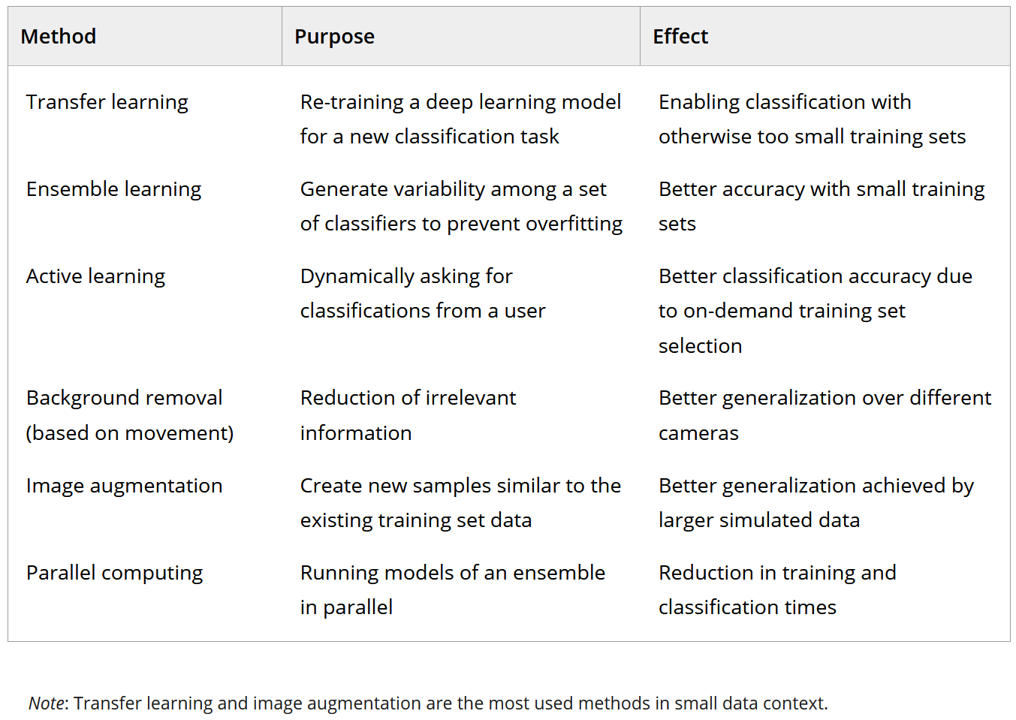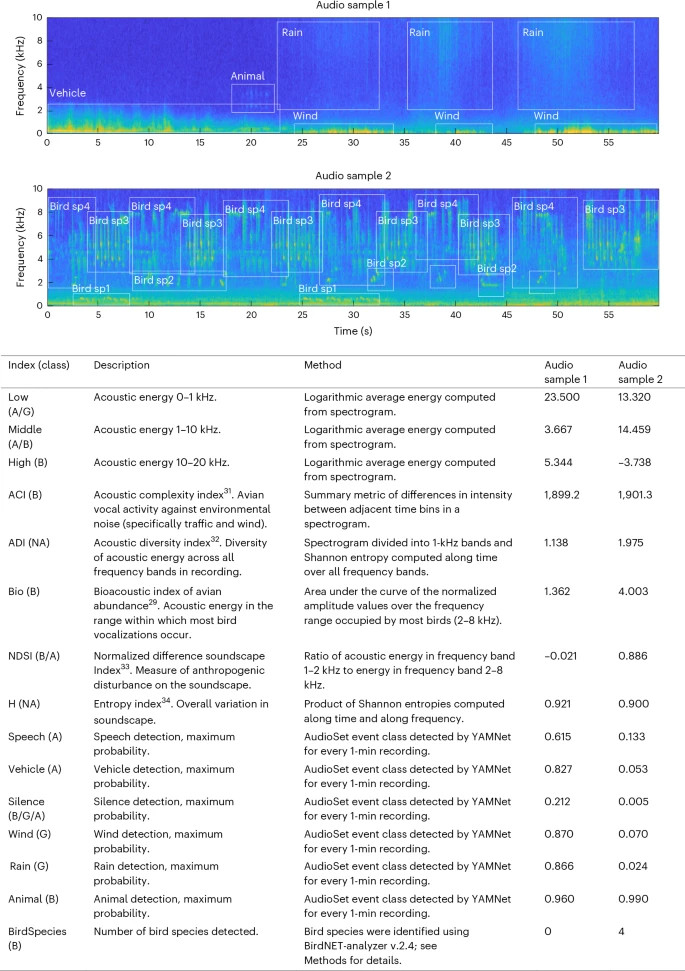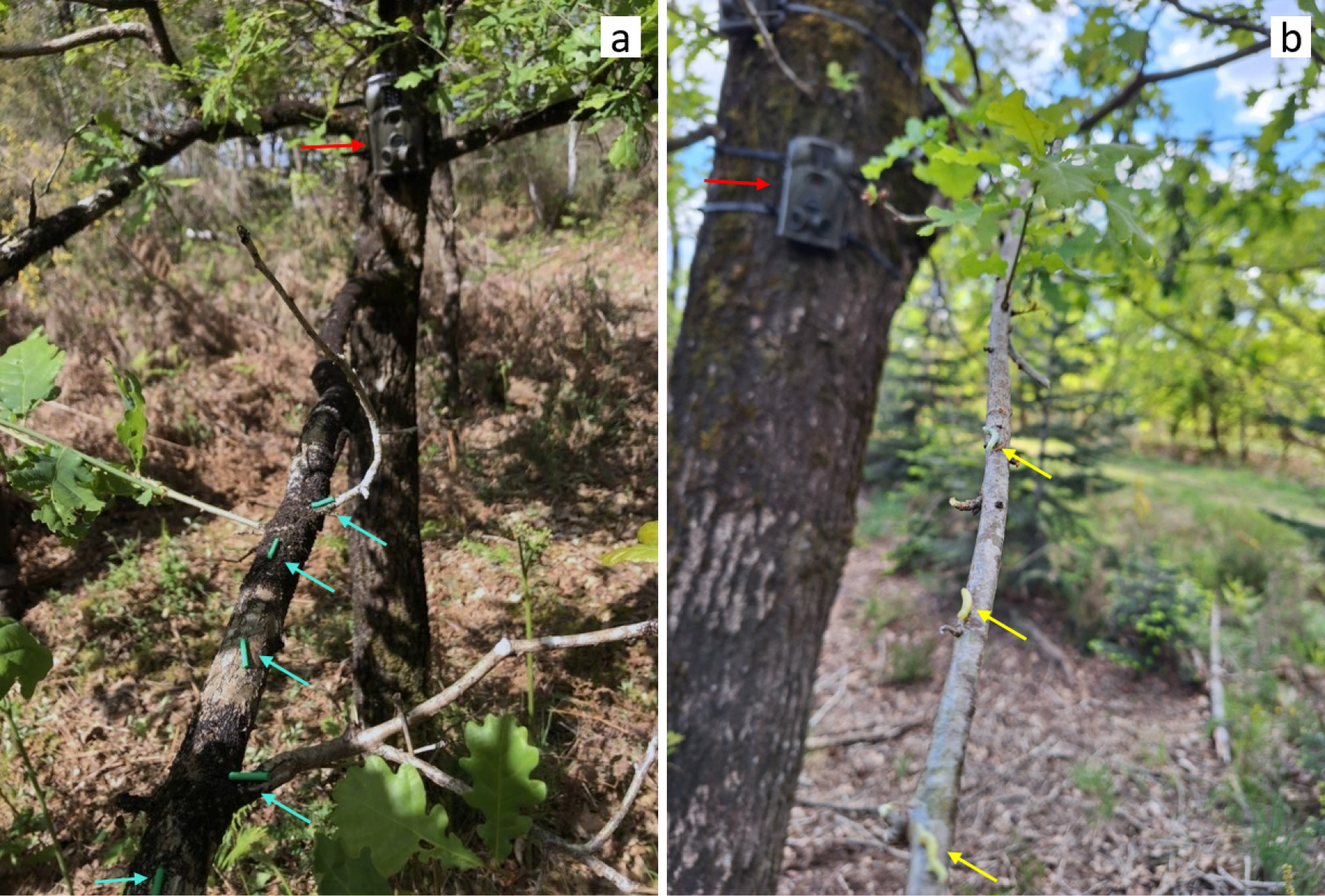The construction of shelters on plants by arthropods might influence other organisms via changes in colonization, community richness, species composition, and functionality. Arthropods, including beetles, caterpillars, sawflies, spiders, and wasps often interact with host plants via the construction of shelters, building a variety of structures...
Papers
Take a look at the papers I co-authored
Aim: The strength of species interactions is traditionally expected to increase toward the Equator. However, recent studies have reported opposite or inconsistent latitudinal trends in the bottom-up (plant quality) and top-down (natural enemies) forces driving herbivory. In addition, these forces have rarely been studied together thus limiting...
Scientific knowledge in the field of ecology is increasingly enriched by data acquired by the general public participating in citizen science (CS) programs. Yet, doubts remain about the reliability of such data, in particular when acquired by schoolchildren. We built upon an ongoing CS program, Oak Bodyguards, to assess the ability of...
The classic research on elevational gradients in plant-herbivore interactions holds that insect herbivore pressure is stronger under warmer climates of low elevations. However, recent work has questioned this paradigm, arguing that it oversimplifies the ecological complexity in which plant-insect herbivore interactions are embedded. Knowledge of...
In many plants, the defence systems against herbivores are induced and may be involved in recruiting the natural enemies of herbivores. We used methyl jasmonate, a well-known inducer of plant defence responses, to manipulate the chemistry of Ficus hahliana along a tropical altitudinal gradient in order to test its ability to attract the enemies...
The first study showing that birds can smell herbivore-induced plant volatiles was published ten years ago. Since then, only 12 studies have been published, showing contradictory results. This review evaluates the role of birds in relation to the crying for help hypothesis and their use of olfactory cues. In accordance with the methodologies used...
It has been suggested that insectivorous birds may be guided by herbivore-induced plant volatiles (HIPVs) to herbivore-rich trees with herbivorous damage. The HIPV production in plants is partly mediated by the jasmonic acid signalling pathway. Methyl jasmonate (MeJA) was proved to be a suitable agent for the induction of HIPVs similar to those...
Understanding global drivers of changes in species interactions is vital, both in terms of improving our knowledge of fundamental large-scale ecology and in order to predict and protect against human-driven changes to ecosystems. Here we present the LifeWebs project, which aims to collate existing data on interaction networks in order to understand...

An active ensemble classifier for detecting animal sequences from global camera trap data

Human contributions to global soundscapes are less predictable than the acoustic rhythms of wildlife






